Understanding Vapor Tight Light: Definition and Purpose
In the world of industrial and commercial lighting, Vapor Tight Light fixtures have emerged as a critical solution for various wet or damp environments. These specialized lighting systems are designed to resist moisture, dust, and other harmful elements, ensuring uninterrupted illumination in challenging conditions. This article delves into the intricacies of vapor tight lights, exploring their definitions, key features, applications, and much more to provide a comprehensive understanding of their significance and usage.
What is a Vapor Tight Light?
A vapor tight light is an advanced lighting fixture that is specifically engineered to protect against moisture ingress and contamination from dust and dirt. These fixtures are typically constructed with sealed gaskets and durable materials that withstand exposure to harsh environmental elements. The “vapor tight” designation means that the fixture can be used safely in areas where water vapor, humidity, or other corrosive substances may compromise standard lighting solutions.
Key Features of Vapor Tight Lights
Vapor tight lights possess a combination of essential features that contribute not only to their functional effectiveness but also to their longevity and safety. Key characteristics include:
- Sealed Construction: Vapor tight lights are built with sealed housings that keep moisture, dust, and other contaminants at bay.
- Durable Materials: These fixtures are often made of high-quality materials such as polycarbonate, which are resistant to impact, corrosion, and UV damage.
- High IP Rating: Vapor tight fixtures generally carry an Ingress Protection (IP) rating of at least IP65, meaning they are protected against dust and low-pressure water jets.
- Energy Efficiency: Many vapor tight lights utilize LED technology, providing bright illumination while consuming less energy compared to traditional lighting solutions.
Applications of Vapor Tight Light in Various Industries
The versatility of vapor tight lights makes them suitable for a diverse range of applications. Common sectors where these lights are employed include:
- Food Processing Plants: Moisture and cleanliness are crucial in food production; vapor tight lights help maintain safety standards.
- Parks and Recreation Areas: Outdoor pavilions or restrooms benefit from vapor tight installations to ensure durability against the elements.
- Parking Garages: The combination of dust and moisture in these environments makes vapor tight lights an ideal choice for effective and safe illumination.
- Pharmaceutical Manufacturing: High hygiene standards necessitate the use of lighting solutions that are resistant to contaminants.
The Benefits of Choosing Vapor Tight Light
Investing in vapor tight lights offers several advantages that enhance safety and efficiency, particularly in environments where traditional lighting may fail. Here, we break down these benefits further.
Durability and Longevity of Vapor Tight Lights
The robust design of vapor tight lights ensures a prolonged operational lifespan, significantly reducing the need for frequent replacements. The use of durable materials minimizes wear and tear, allowing these fixtures to withstand even the most challenging environments. This longevity translates into long-term cost savings for businesses, as fewer replacements mean lower overall maintenance costs.
Energy Efficiency and Cost Savings
Energy efficiency is a hallmark of modern vapor tight lights, especially those that utilize LED technology. These fixtures consume considerably less energy than conventional lights, which not only reduces utility bills but also contributes to a more sustainable operation. Moreover, many vapor tight lights come with energy-saving features such as motion sensors, further enhancing their cost-effectiveness.
Improved Safety Standards in Damp Environments
Safety is paramount in any workplace, particularly in environments prone to moisture. Vapor tight lights significantly minimize the risk of electrical failures, such as short circuits, which can result in hazardous situations. Their durable construction and resistance to corrosion ensure that lighting remains operational, thus maintaining a safe environment for employees and the public.
Installation and Maintenance of Vapor Tight Light
To maximize the effectiveness of vapor tight lights, proper installation and maintenance are key. This section outlines best practices to ensure optimal performance.
Installation Requirements and Best Practices
Installing vapor tight lights requires adherence to specific guidelines to ensure their effectiveness and safety. Key installation practices include:
- Site Assessment: Before installation, assess the site to determine the best locations for optimal lighting coverage while considering moisture sources.
- Mounting Techniques: Follow manufacturer specifications for mounting heights and methods, typically using brackets or mounting hooks secured to stable surfaces.
- Electrical Connections: Ensure that all electrical connections are water-resistant and comply with local electrical codes to facilitate safe operations.
Routine Maintenance for Optimal Performance
Regular maintenance is crucial for the longevity of vapor tight lights. Maintenance tasks should include:
- Cleaning: Periodic cleaning of the fixture exterior will prevent dust accumulation that may impede light diffusion.
- Inspection: Regularly inspect seals and gaskets for wear and tear, replacing them as necessary to maintain vapor-tight integrity.
- Testing: Conduct routine tests to ensure that lights are functional, especially after significant weather events or if the fixture is in a particularly harsh environment.
Common Issues and Troubleshooting Tips
While vapor tight lights are designed to be durable, issues may still arise. Here are common challenges with related troubleshooting techniques:
- Moisture Ingress: If moisture is present inside the fixture, check for sealing integrity and replace any worn gaskets or seals.
- Flickering Lights: This may indicate loose electrical connections; ensure that all wires are securely connected and that the correct power supply is in place.
- Reduced Brightness: When brightness wanes, check the LED components for damage and, if necessary, replace the fixture.
Comparative Analysis: Vapor Tight Light vs. Standard Lighting Solutions
When considering lighting options for industrial and commercial applications, understanding the differences between vapor tight lights and standard lighting solutions is crucial. This comparison highlights key distinctions.
Weather Resistance and Indoor Use
Unlike standard lighting solutions, which may be prone to failure when exposed to moisture, vapor tight lights are specifically engineered for such conditions. Their sealed design protects against water ingress, making them suitable for both outdoor and indoor applications in damp environments where traditional fixtures may not perform well. This ensures reliability and consistent illumination, even in adverse weather conditions.
Energy Consumption Comparisons
Energy consumption is another area where vapor tight lights excel. Due to their LED configurations, these fixtures generally consume less energy than traditional incandescent or fluorescent lights. Not only does this lead to lower operating costs, but it also contributes to reduced carbon footprints, aligning with modern sustainability efforts.
Cost-Effectiveness Over Time
While the initial investment in vapor tight lights may be relatively higher compared to standard options, their long-term benefits outweigh this upfront cost. The combination of durability, energy efficiency, and lower maintenance requirements can lead to substantial cost savings over time. Businesses that prioritize cost-effectiveness are likely to see a quicker return on investment through reduced energy and maintenance costs.
Future Trends in Vapor Tight Light Technology
The ever-evolving world of lighting technology continues to push the boundaries of what is possible with vapor tight lights. This section explores emerging trends that could shape the future of these fixtures.
Innovations in LED Technology
Continuous advancements in LED technology are pushing the boundaries of efficiency and light quality in vapor tight fixtures. Future developments may include enhanced color rendering capabilities, improved lumens-per-watt ratios, and adaptive lighting features that adjust based on environmental conditions, further increasing their efficiency.
Smart Lighting Solutions
The integration of smart technology into vapor tight lights is becoming increasingly prevalent. Features such as remote monitoring, automated dimming, and occupancy sensing can optimize energy use and improve user control over illumination. This represents a significant leap forward in creating efficient lighting environments that adapt to real-time needs.
Eco-Friendly Manufacturing Practices
As sustainability becomes a paramount consideration in lighting manufacturing, future vapor tight light fixtures are expected to incorporate eco-friendly materials and production processes. This may involve utilizing recycled components, minimizing waste during production, and ensuring that fixtures have a reduced environmental impact throughout their lifecycle.
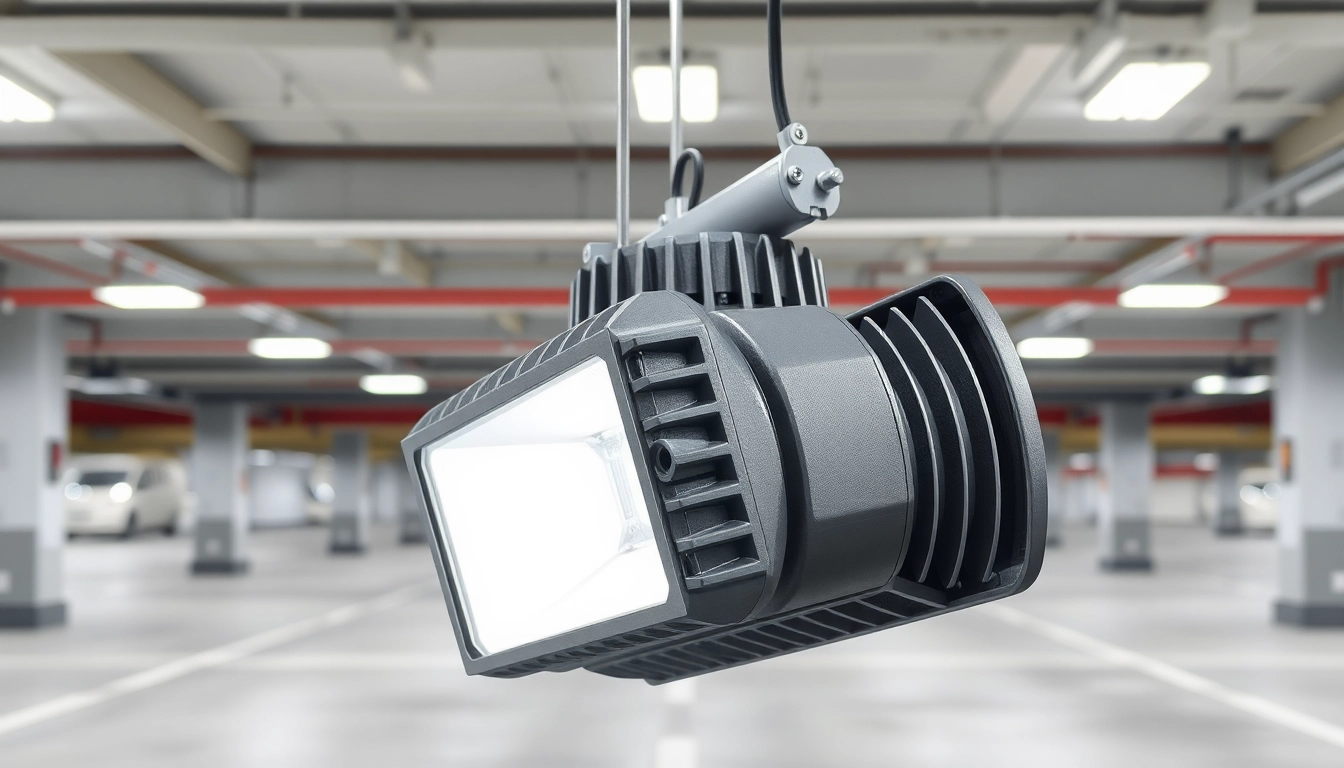

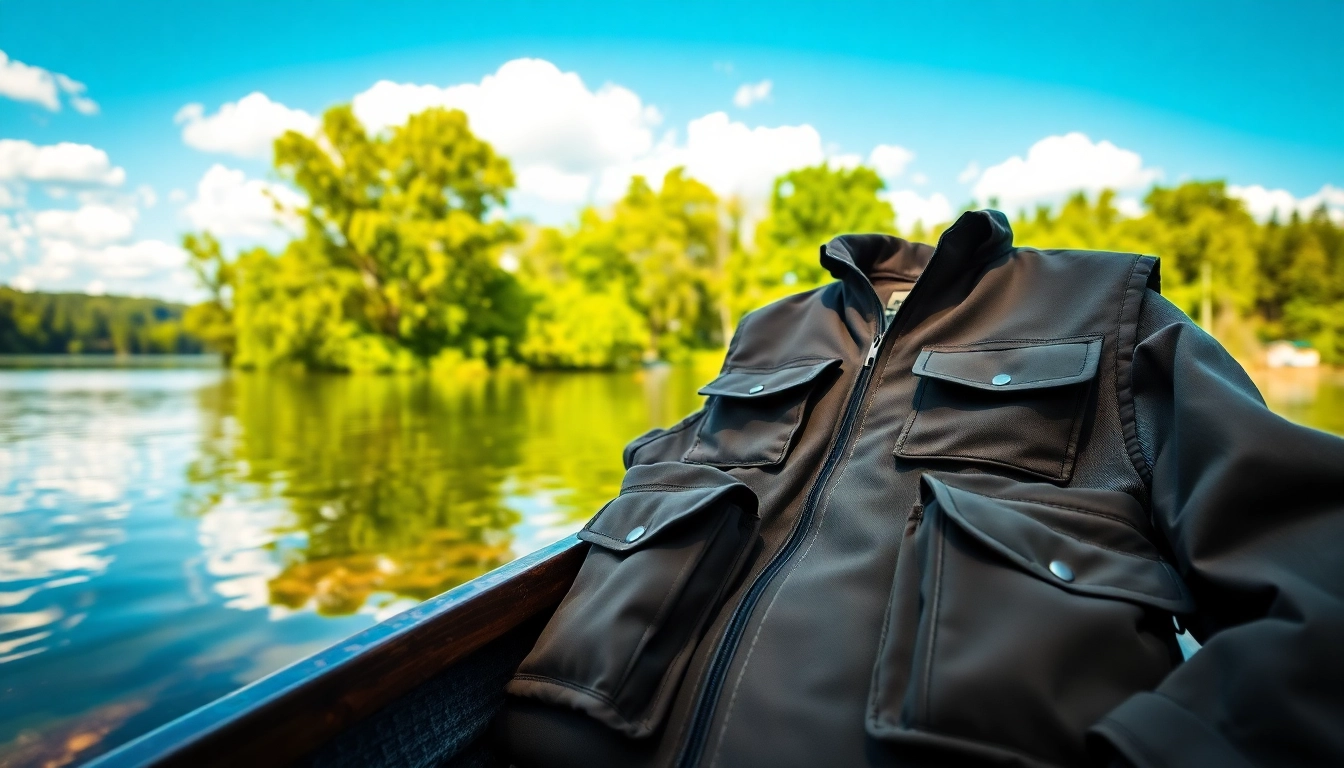
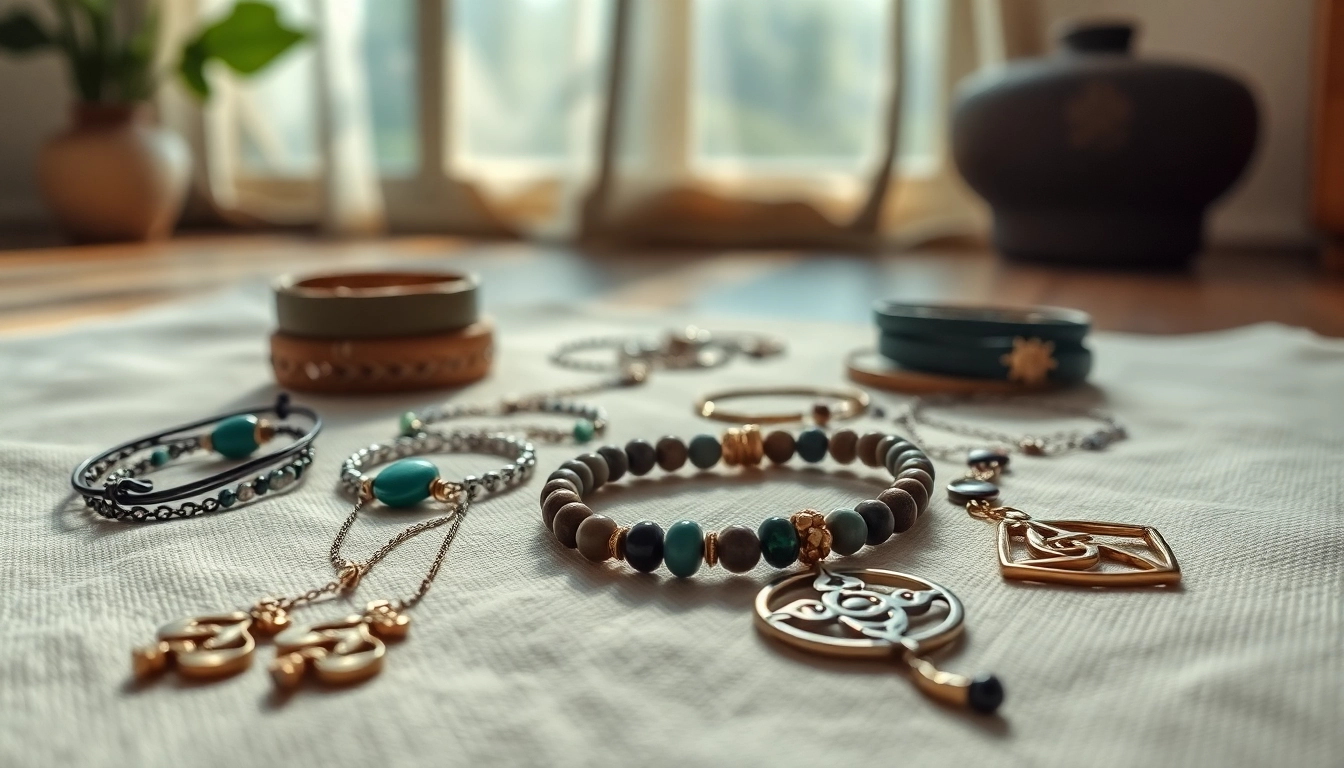
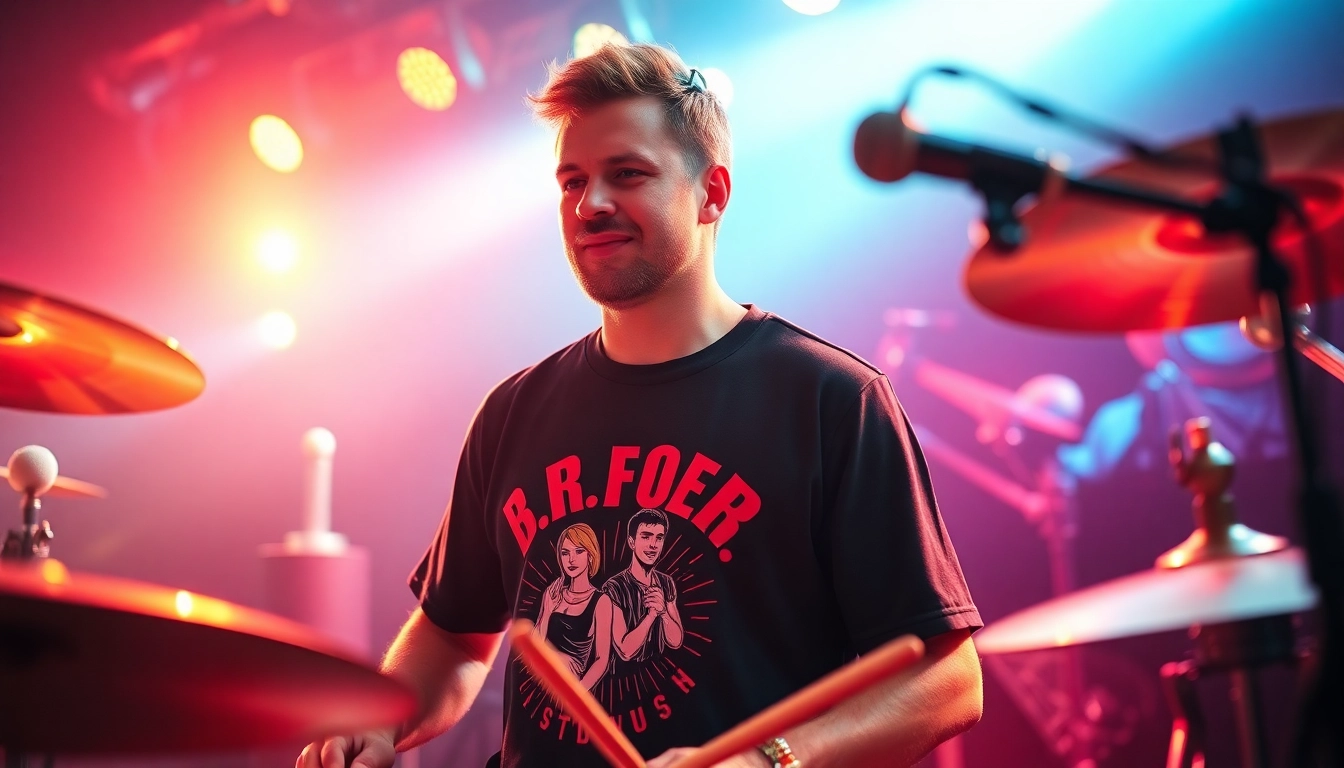


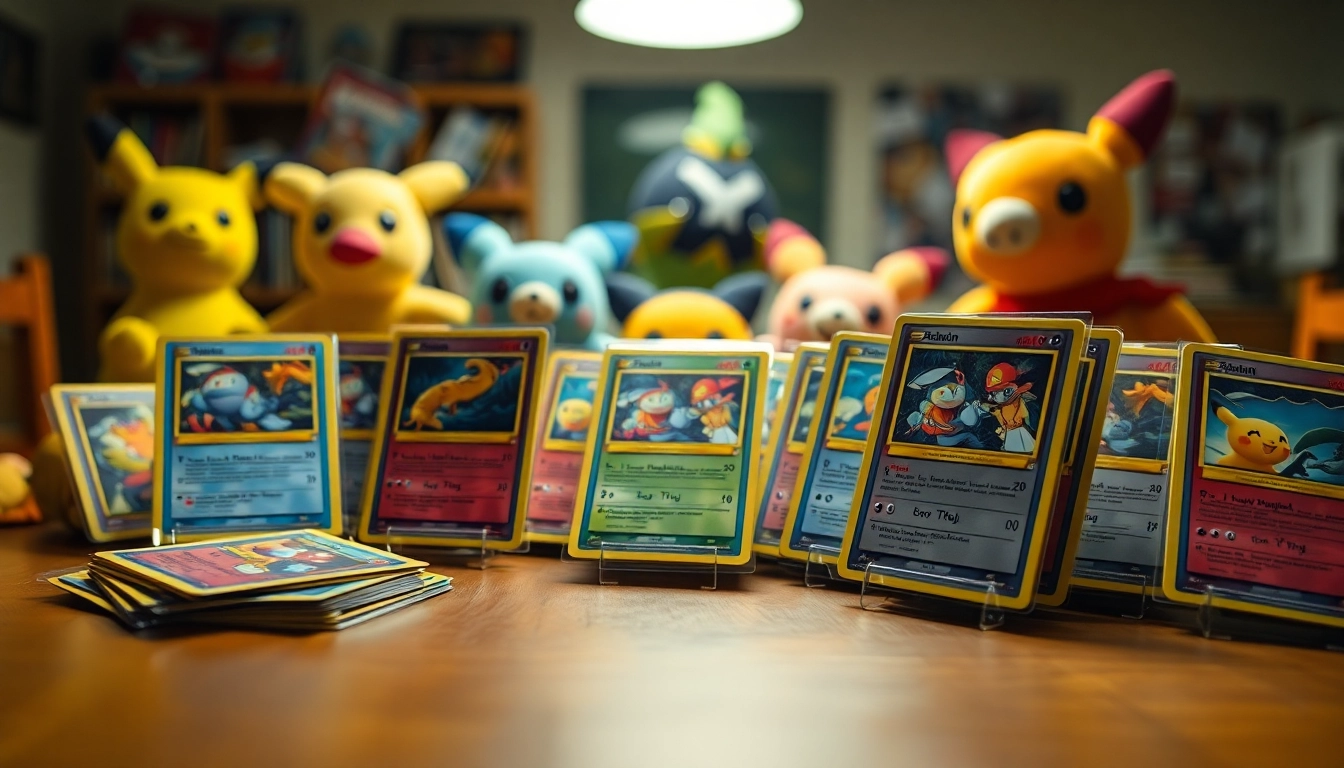
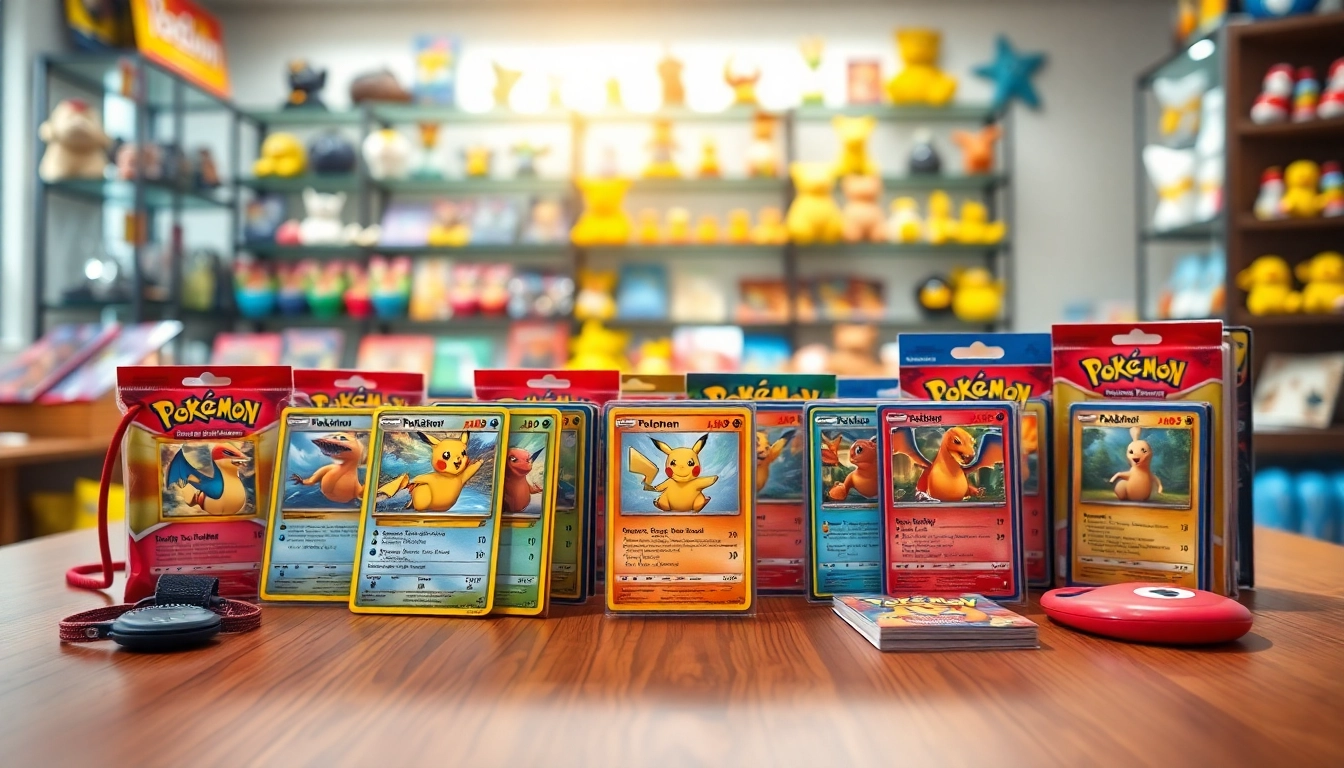
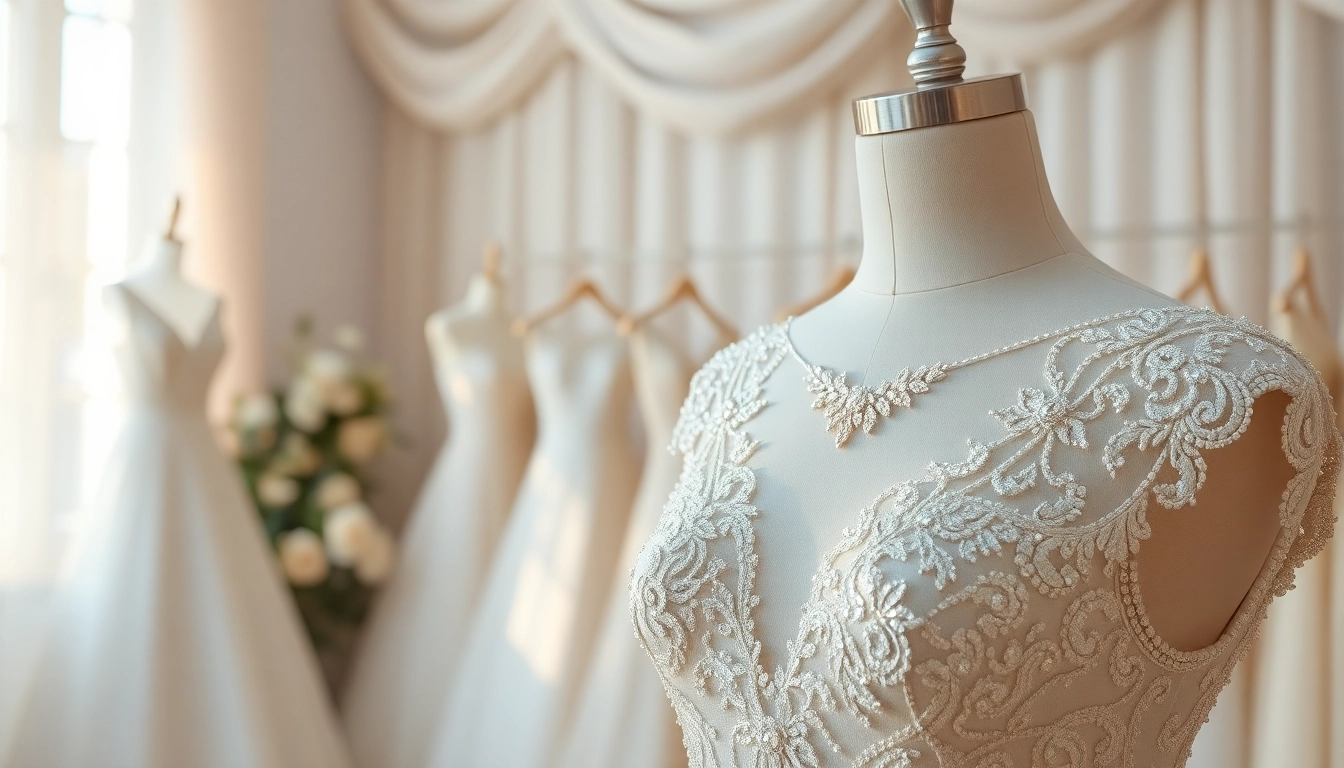




Leave a Reply